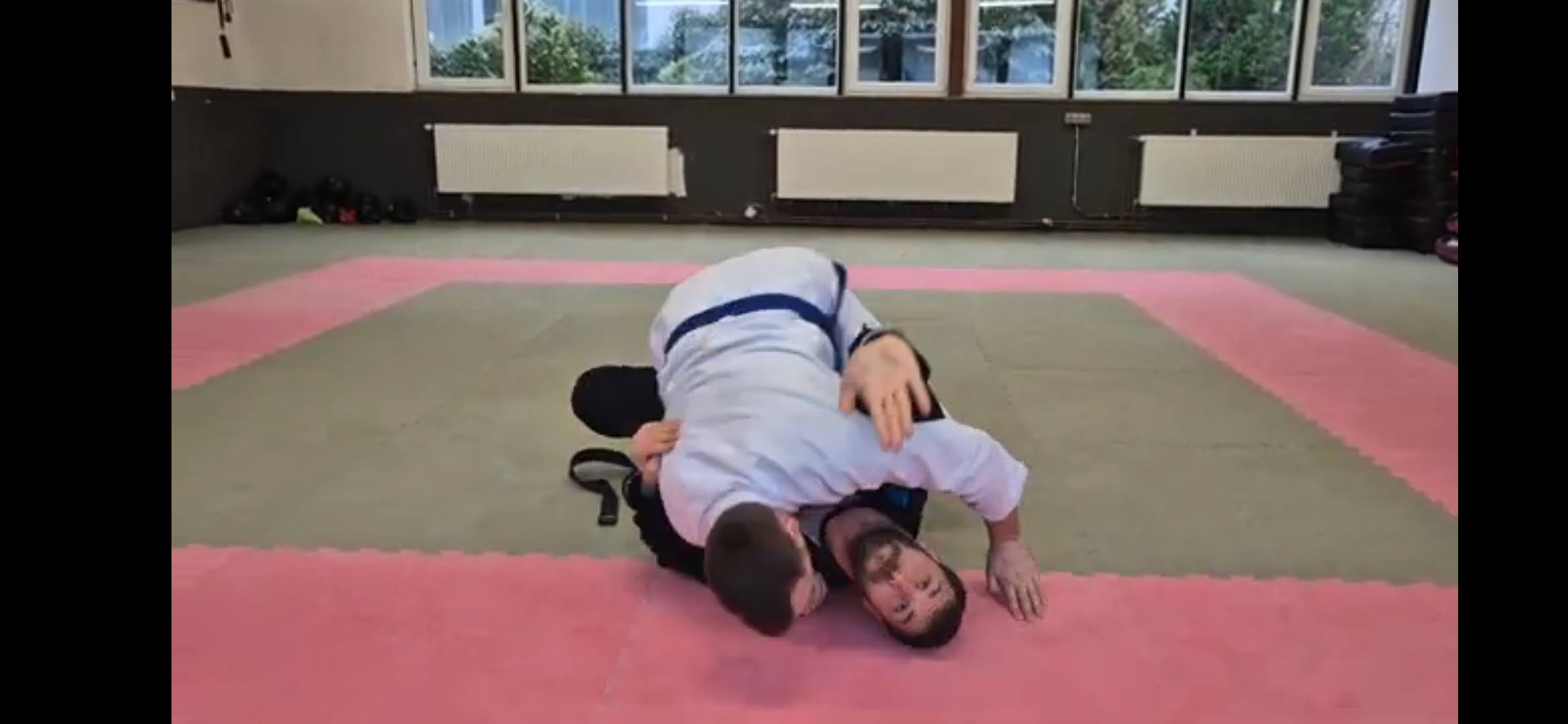Craig Jones - Power Ride
Recommended for intermediate and advanced practitioners who want to up their game—especially in pinning and control.

The Theory of the Clock: The Hidden Logic Behind Sweeps
One of the hardest things as a developing grappler is figuring out why some sweeps work beautifully, while others feel like you’re trying to move a fridge with one hand. The Theory of the Clock gives us a framework that explains it — and ttonce you see it, your sweeping game changes forever.
The Body as a Clock
Picture your opponent’s body as a clock face:
- The spine is the 12-to-6 line.
- The hips are the 3-to-9 line.
- Each limb covers one quadrant.
That means your opponent has four “posts,” one for each quarter of the clock. As long as a limb is active in its quadrant, the base can be defended.
Why Sweeps Fail
Most failed sweeps have nothing to do with strength. They fail because you’re attacking into stability — along a line that’s already defended. Push directly forward (12 o’clock) or directly sideways (3 o’clock), and your opponent just posts a hand or leg to shut you down.
Sweeping in straight lines is like trying to push over a sturdy table with all four legs on the ground — solid, unmoving or just sliding to the side.
Remove the Defender
If you take the same sturdy table and fold one leg in, then push in that direction — you don’t even need much effort — the table tips over on its own.
Grapplers may not be made of wood, but they share the same physics. The difference is that they can dynamically adapt by shifting their limbs. But even that has limits. The real efficiency comes from removing a defender, then attacking the space that limb was supposed to protect. Block or trap one limb, and you’ve taken away its ability to defend the quadrant. That’s when the sweep feels almost effortless.
Example 1: The Upa Sweep
The upa illustrates this perfectly. You trap the arm that serves as a defender by overhooking it. Now the diagonal is exposed, and driving in that direction reverses the position with ease. (Of course, a smart opponent may counter by posting their head to cover that quadrant — but the principle remains the same.)

Example 2: The Scissor Sweep
In the scissor sweep, as shown in the video, both of your opponent’s posts on one side are removed. With no defenders left, the entire side is wide open. At this point, you don’t even need a diagonal — a simple push to that side is enough.

The Formula Across Positions
No matter if you’re in closed guard, half guard, or mount, the formula is the same:
- Remove a post.
- Attack the quadrant that’s no longer defended.
- Let gravity, not muscle, do the heavy lifting.
A System, Not a Trick
What makes the Theory of the Clock so powerful is that it’s not a one-off trick. It’s a framework - concept for sweeping. It shows you where your opponent is strong, where they’re weak, and how to direct your effort into the path of least resistance.
Closing Thought
Grappling is playing with physics. Push where the opponent is stable, and you meet resistance. Sweep where you removed the defender and the balance breaks. Question is easy, can he defend his position, guard the quadrant?
Next time you sweep, ask yourself: Which quadrant is undefended? Attack there. It won’t just make your sweeps sharper — it will make you feel like you’re finally playing chess instead of checkers.
